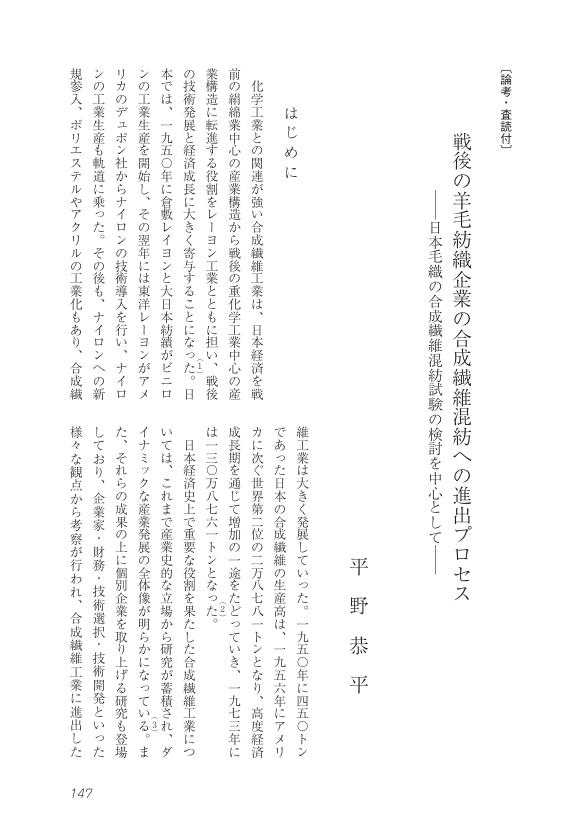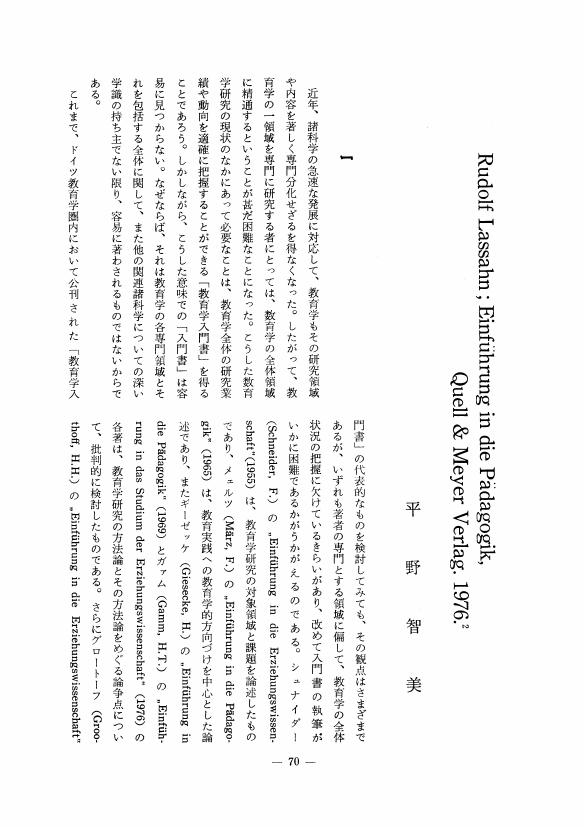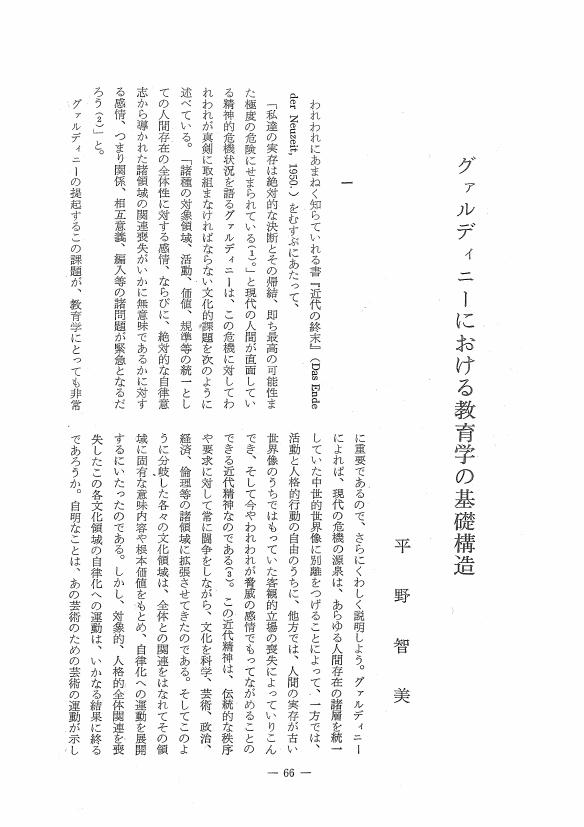1 0 0 0 OA 石油化学産業における設備投資調整
- 著者
- 平野 創
- 出版者
- Business History Society of Japan
- 雑誌
- 経営史学 (ISSN:03869113)
- 巻号頁・発行日
- vol.43, no.1, pp.1_29-1_55, 2008 (Released:2011-10-18)
- 被引用文献数
- 2
The purpose of this paper is to describe how coordination of plant investment in the petrochemical industry by the Ministry of International Trade and Industry (MITI) did not achieve its originally intended function.In 1967, MITI established a 300,000 ton standard for annual production of ethylene in order achieve economies of scale and strengthen international competitiveness. This standard sets the minimum size for new ethylene manufacturing facilities at annual production of 300,000 tons. In this way, MITI aimed to avoid overcapacity and consolidate investment. Part of the background behind establishing this standard was the ulterior motive of leading firms, who wished to block the entry of relatively weak latecomer firms.The intentions of MITI and the leading firms were realized comparatively well, based on the 300,000 ton standard, in initial coordination of plant investment. Facility construction was only approved for 5 companies, primarily leading firms. Furthermore, the scale of investment in the overall industry was restrained at a smaller scale than would have been the case had each firm invested freely.However, demand for petrochemical products subsequently increased more than expected, resulting in a situation different from that which was originally intended. In later coordination of plant investment, MITI concluded that it was necessary to construct more facilities to satisfy future demand, in response to the growth in demand at that time. Accordingly, new facility construction by 4 companies was gradually recognized. Due to growth in demand, MITI's policy of blocking the entry of latecomer firms lost its legitimacy. In the final phase, MITI recognized active construction of new facilities to match the increase in demand.
1 0 0 0 OA 戦後の日本企業の技術選択と技術発展 東洋紡績の合成繊維への進出を中心として
- 著者
- 平野 恭平
- 出版者
- 大阪経済大学日本経済史研究所
- 雑誌
- 経済史研究 (ISSN:1344803X)
- 巻号頁・発行日
- vol.23, pp.147-179, 2020-01-31 (Released:2020-03-19)
1 0 0 0 OA 両大戦間期に開発された再生絹糸の再評価 繊維資源の有効利用と蚕糸業改革の可能性
- 著者
- 平野 恭平
- 出版者
- 大阪経済大学日本経済史研究所
- 雑誌
- 経済史研究 (ISSN:1344803X)
- 巻号頁・発行日
- vol.20, pp.183-212, 2017-01-31 (Released:2018-07-20)
- 著者
- 平野 絢子
- 出版者
- 比較経済体制学会
- 雑誌
- 社会主義経済学会会報 (ISSN:18839789)
- 巻号頁・発行日
- vol.1985, no.22, pp.31-33, 1985-01-10 (Released:2009-07-31)
- 著者
- 平野 京子
- 出版者
- Japan Society of Image Arts and Sciences
- 雑誌
- Iconics (ISSN:13454447)
- 巻号頁・発行日
- vol.1, pp.193-208, 1987-12-21 (Released:2019-05-22)
- 参考文献数
- 62
1 0 0 0 OA 教育哲学を考える
- 著者
- 平野 正久
- 出版者
- 教育哲学会
- 雑誌
- 教育哲学研究 (ISSN:03873153)
- 巻号頁・発行日
- vol.2003, no.88, pp.112-113, 2003-11-10 (Released:2009-09-04)
1 0 0 0 OA 山名淳著『ドイツ田園教育舎研究-「田園」型寄宿制学校の秩序形成-』
- 著者
- 平野 正久
- 出版者
- 教育哲学会
- 雑誌
- 教育哲学研究 (ISSN:03873153)
- 巻号頁・発行日
- vol.2001, no.83, pp.114-120, 2001-05-10 (Released:2009-09-04)
本書は, 広島大学に提出・受理された山名淳氏の学位請求論文「ドイツ田園教育舎研究-リーツ時代におけるハウビンダ校の検討を中心として-」を元に, その後の二年間にわたる研究成果を十分に取り入れるかたちで加筆・修正した上で公刊された学術研究書であるが, 総じて「ドイツ新教育運動研究の領域において新しい地平を切り拓いた, きわめて高い水準の面期的な労作」と評価されるべきであろう, 「この分野におけるわが国の研究もついにここまできたのか」というのが, 筆者の率直な読後感であり, 感概でもある。まず, 本書全体の内容と構成を概観できるように, 目次を記しておこう (本稿に許された紙幅の関係から節以下を割愛) 。
1 0 0 0 OA エーリッヒ・E・ガイスラー著天野正治監訳『現代教育の危機』
- 著者
- 平野 智美
- 出版者
- 教育哲学会
- 雑誌
- 教育哲学研究 (ISSN:03873153)
- 巻号頁・発行日
- vol.1981, no.44, pp.50-56, 1981-11-15 (Released:2009-09-04)
- 著者
- 平野 智美
- 出版者
- The Japanese Society for the Philosophy of Education
- 雑誌
- 教育哲学研究 (ISSN:03873153)
- 巻号頁・発行日
- vol.1977, no.36, pp.70-73, 1977 (Released:2009-09-04)
1 0 0 0 OA ミュンスター大学教育学科
- 著者
- 平野 智美
- 出版者
- 教育哲学会
- 雑誌
- 教育哲学研究 (ISSN:03873153)
- 巻号頁・発行日
- vol.1977, no.35, pp.70-74, 1977-05-20 (Released:2009-09-04)
1 0 0 0 OA 教育学における研究方法論の問題 西ドイツ教育学界における近年の論義を中心に
- 著者
- 平野 正久
- 出版者
- 教育哲学会
- 雑誌
- 教育哲学研究 (ISSN:03873153)
- 巻号頁・発行日
- vol.1973, no.27, pp.49-65, 1973-04-30 (Released:2010-05-07)
- 参考文献数
- 23
1 0 0 0 OA 人間学と教育学
- 著者
- 平野 智美
- 出版者
- 教育哲学会
- 雑誌
- 教育哲学研究 (ISSN:03873153)
- 巻号頁・発行日
- vol.1969, no.20, pp.79-91, 1969-10-15 (Released:2009-09-04)
1 0 0 0 OA グァルディニーにおける教育学の基礎構造
- 著者
- 平野 智美
- 出版者
- 教育哲学会
- 雑誌
- 教育哲学研究 (ISSN:03873153)
- 巻号頁・発行日
- vol.1960, no.2, pp.66-76, 1960-03-01 (Released:2009-09-04)
- 参考文献数
- 29
- 著者
- 平野 武
- 出版者
- 日本医学哲学・倫理学会
- 雑誌
- 医学哲学 医学倫理 (ISSN:02896427)
- 巻号頁・発行日
- vol.12, pp.125-131, 1994-10-01 (Released:2018-02-01)
Law school and medical school in the USA are what we call professional schools where graduate students work. These two professional schools have similarities in both their educational systems and problems. Generally speaking, undergraduate students in the USA study general education courses in colleges or universities and then select a major which is specialized but not professional. General education in the USA is rather different from "ippan kyoiku" in Japan. Students in Japan study "ippan kyoiku" without reference to their own Majous, less of them,so students have no motivation to accomplish it. they are not very interested in "ippan kyoiku", including philosophy. Philosophy education is now in crisis. We are facing the reformation of college education. Medical schools are not free from the changes. I propose that this Symposium should suggest a new model of the education of philosophy in the new curriculum of Medical schools in Japan. That suggestion should have some effects on the reformation going on.
1 0 0 0 OA アメリカにおける法曹養成と法哲学
- 著者
- 平野 仁彦
- 出版者
- 日本法哲学会
- 雑誌
- 法哲学年報 (ISSN:03872890)
- 巻号頁・発行日
- vol.2006, pp.100-114,264, 2007-10-30 (Released:2010-12-16)
- 参考文献数
- 19
In the Judicial Reform now in process in Japan, the new law school system models itself mainly on that of the United States. American law schools, based on accreditation by A. B. A. and A. A. L. S., have three characteristics in their curricula: stress on the first year courses of required subjects, providing various opportunities of practical or clinical education, and teaching a variety of basic and/or interdisciplinary studies of law. Jurisprudence or legal philosophy is among the last category. This paper, focusing on Jurisprudence, expounds the history of American legal education, its background ideas, and the major questions in the philosophical inquiry. It argues that despite a long history of apprenticeship the legal education made a drastic turn in the middle of the twentieth century into making much of the theoretical side of instruction partly because of the diversity of law and legal practice in America; that the fundamental idea in law is a limited sense of pragmatism which has been widely shared by various American legal theorists from Christopher Langdell to Ronald Dworkin and which underlies the idea of “Respon-sive Law” driving legal developments; and that theoretical inquiries that embody the idea of responsive law converge on the issues of legal justification as well as legal process in jurispru-dence, with considerations that we may call the “legal system balance” and the “legal principle balance”, which mold, as a result, particular features of the rule of law. Fostered through American legal education, the idea of responsive law is a vigorous source of legal practice in contemporary societies.
1 0 0 0 OA 一九九四年度日本法哲学会学術大会(於熊本大学)統一テーマについて
- 著者
- 平野 仁彦
- 出版者
- 日本法哲学会
- 雑誌
- 法哲学年報 (ISSN:03872890)
- 巻号頁・発行日
- vol.1994, pp.1-5, 1995-10-30 (Released:2008-11-17)
1 0 0 0 OA 法適用と法律学
- 著者
- 平野 敏彦
- 出版者
- 日本法哲学会
- 雑誌
- 法哲学年報 (ISSN:03872890)
- 巻号頁・発行日
- vol.1986, pp.89-103, 1987-10-20 (Released:2008-11-17)
- 参考文献数
- 11
1 0 0 0 OA 自然権論と功利主義 R・M・ヘアーの理論をめぐって
- 著者
- 平野 仁彦
- 出版者
- 日本法哲学会
- 雑誌
- 法哲学年報 (ISSN:03872890)
- 巻号頁・発行日
- vol.1985, pp.61-77, 1986-10-20 (Released:2009-02-12)
- 参考文献数
- 17
1 0 0 0 OA 「法実証主義」の意義 其の擁護のために
- 著者
- 平野 秩夫
- 出版者
- 日本法哲学会
- 雑誌
- 法哲学年報 (ISSN:03872890)
- 巻号頁・発行日
- vol.1962, pp.45-62, 1963-04-20 (Released:2009-02-12)














